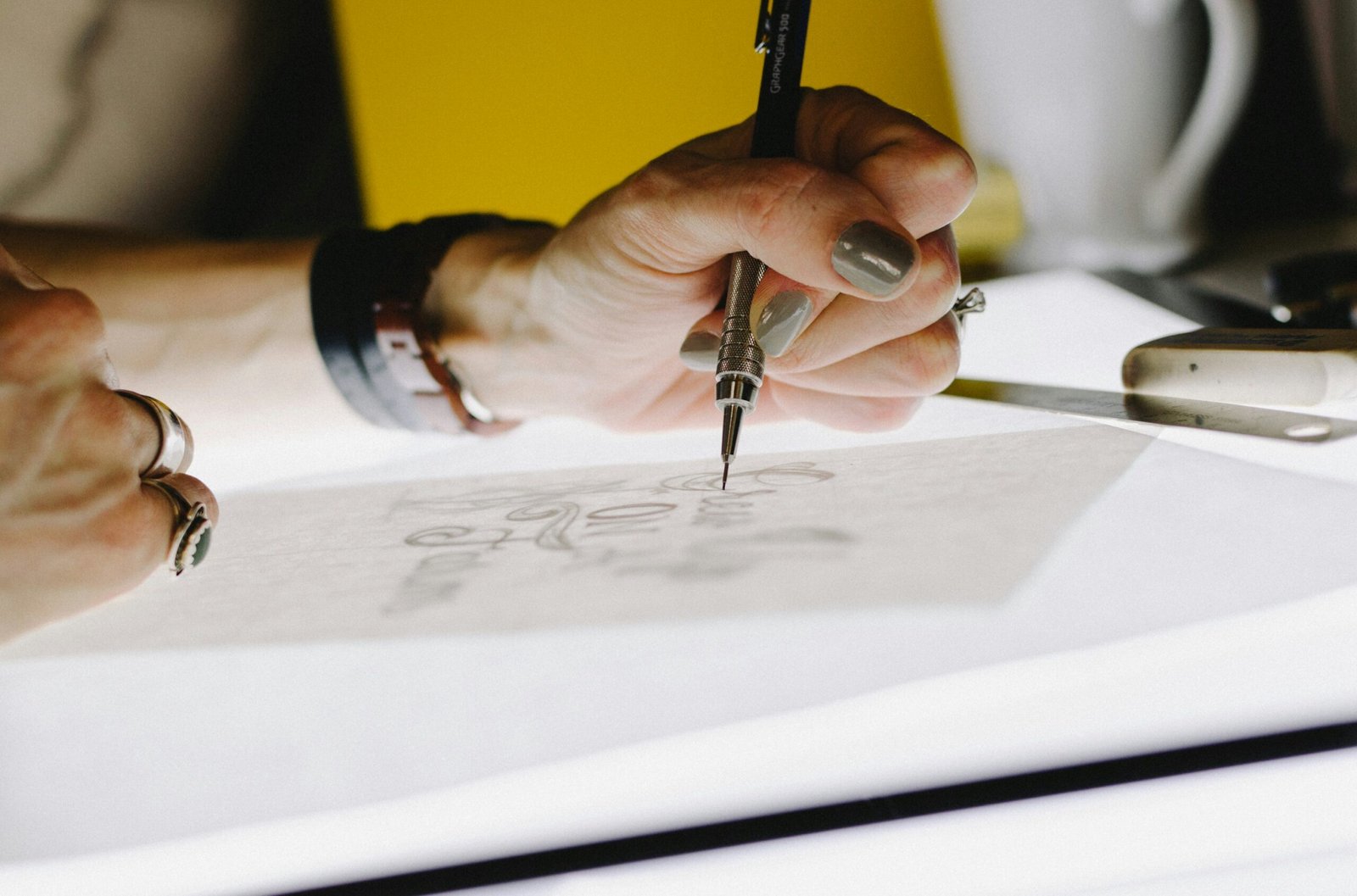Selecting and Preparing Your Image
Choosing the right image for your logo is a critical step in the design process. The image you select should be intrinsically linked to your brand, conveying its essence and values. Opt for an image that is easily recognizable and of high quality to ensure that it leaves a lasting impression. Simple and clear images work best for logos; complex images can become cluttered and lose their impact when scaled down.
Begin by assessing the relevance of the image to your brand. The image should resonate with your target audience and align with the brand’s identity. For instance, a tech company might use a sleek and modern image, while a children’s toy brand would benefit from something more playful and colorful.
Once you have chosen an appropriate image, the next step is to prepare it for use in your logo. Photo editing software can be instrumental in this process. Tools like Adobe Photoshop or GIMP can be used to clean up the image, enhance its features, and remove any unnecessary background elements. This will ensure that the focal point of the image stands out and is not distracted by extraneous details.
Scalability is another crucial factor to consider. Your logo will be used in various sizes and formats, from business cards to billboards. An image that looks good at one size may not be as effective when resized. To address this, consider converting your image to a vector format. Vector images can be scaled without losing quality, making them highly versatile for logo design. Software like Adobe Illustrator or Inkscape can be used for this conversion, ensuring that your logo remains sharp and clear at any size.
By carefully selecting and preparing your image, you lay a strong foundation for a logo that is both visually appealing and representative of your brand. Taking the time to refine and optimize the image will pay off in creating a memorable and professional logo.
Integrating Your Image into a Logo Design
When designing a logo using your own image, it is crucial to blend the image seamlessly with other design elements to produce a cohesive and professional-looking logo. Start by considering the principles of good logo design: simplicity, versatility, and relevance to your brand. A simple design ensures that your logo is easily recognizable and memorable. Versatility allows your logo to look good across various mediums, and relevance ensures it communicates the essence of your brand effectively.
Begin by integrating your image with text, shapes, and colors. The first step is to choose a font that complements your image. Fonts play a significant role in setting the tone of your logo. For instance, a modern, sans-serif font might convey a contemporary and clean feel, while a serif font could suggest tradition and reliability. Ensure that the font is legible and not overshadowed by the image.
Next, consider the use of shapes to frame or accentuate your image. Geometric shapes like circles, squares, and triangles can provide structure and focus. For example, placing your image within a circle can create a unified look and draw attention to the center of the logo. Additionally, using lines or borders can help to separate the image from the text, ensuring both elements stand out.
Color selection is another essential aspect of logo design. Opt for colors that complement your image and align with your brand’s identity. Use a color palette that enhances the image rather than detracting from it. For example, if your image has cool tones, consider using complementary warm tones in your text or shapes to create a balanced and appealing contrast.
It is also beneficial to look at successful logo designs that effectively integrate images. Well-known examples include the Starbucks logo, which uses a mermaid image combined with text and a circular shape, and the WWF logo, which features a panda image with bold, simple text. These logos are simple yet versatile and relevant to their brands.
Finally, test your logo in various contexts to ensure it works well across different mediums. Print it on business cards, display it on your website, and visualize it on merchandise. This testing ensures that your logo maintains its integrity and impact, regardless of where it is used.
